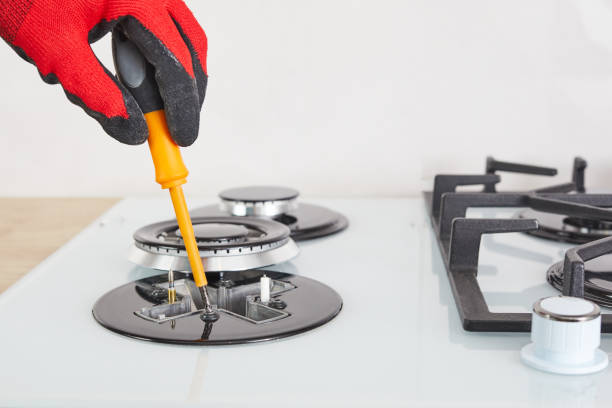
A hob is a vital part of any kitchen, providing a surface for cooking and heating food. Whether it’s a gas, electric, or induction hob, understanding its main components and potential problems can help you diagnose issues and ensure proper functioning. In this article, we will provide an overview of the main components of a hob and discuss some possible problems that may arise.